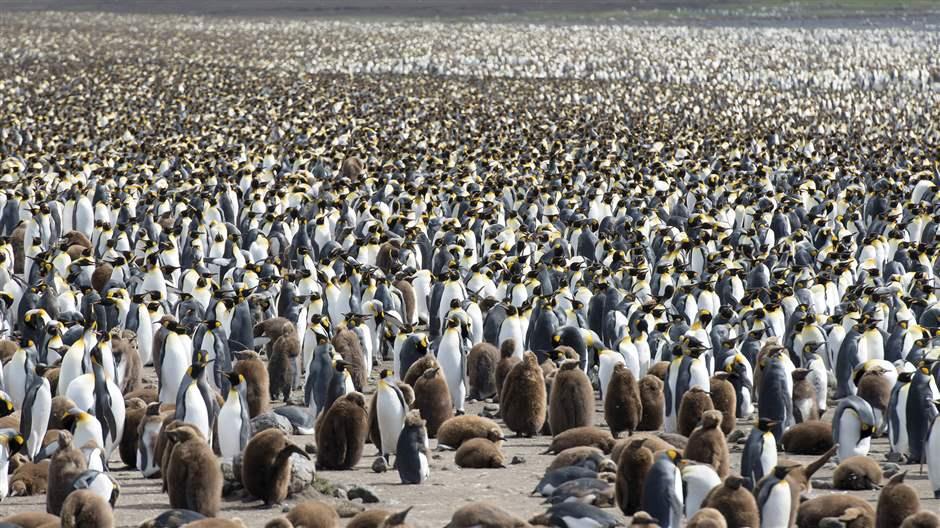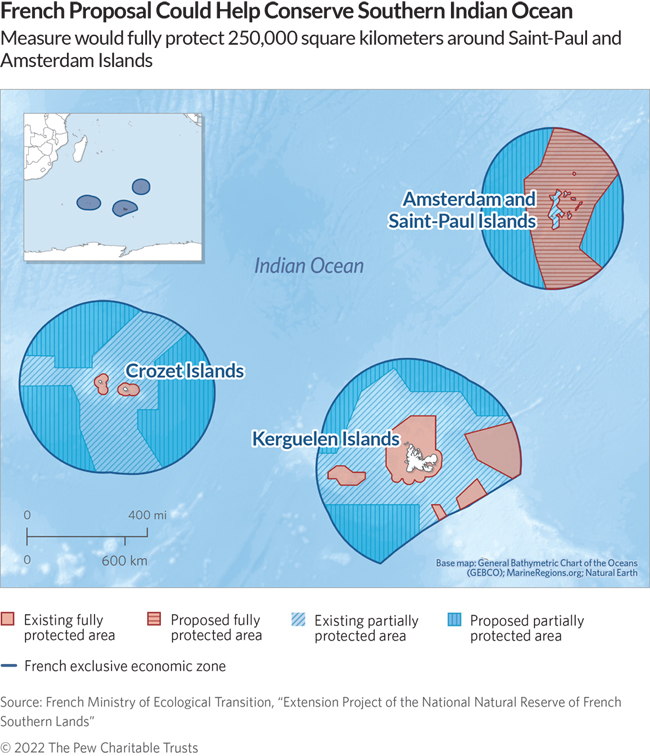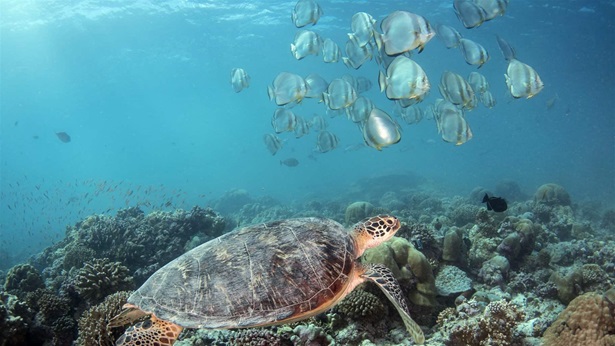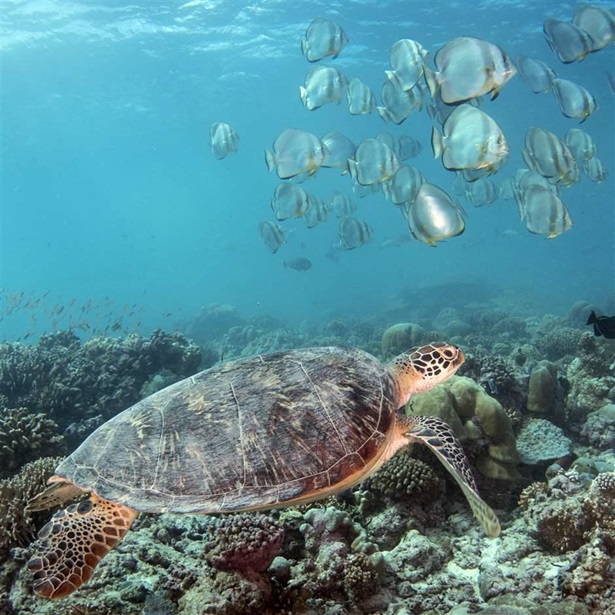Remote French Overseas Territory Provides Huge Opportunity for Marine Conservation
Expanding southern Indian Ocean reserve would benefit biodiversity—and advance country’s ambitious goals

A proposal to greatly expand marine protections across the French Southern and Antarctic Lands (commonly referred to by the French acronym TAAF), a scattered overseas territory in the southern Indian Ocean that is home to a richly diverse community of wildlife, continued to advance in December when France concluded a three-week public comment period on the measure. The proposal—which can be finalized by ministerial decree—would extend the safeguarded area by about 1 million square kilometers (386,000 square miles) and more than double the country’s total area of highly protected waters around the world.
The Pew Bertarelli Ocean Legacy Project submitted comments in support of the proposal and encouraged the French government to further expand the areas of high protection.
Under the proposal, France would protect the waters around three archipelagos: Saint Paul and Amsterdam Islands, Kerguelen, and Crozet. Collectively, the expansion would create by far the largest marine protected area (MPA) in French waters and would represent about 15% of the country’s global exclusive economic zone (EEZ). Further, if approved, the measure would more than double the percentage of France’s fully protected waters around the globe—increasing from 1.6% to 4% of the country’s EEZ.
The proposal would protect ecosystems that are vital to exceptional biodiversity, with resident and migratory marine life including orcas, whales, and several species of penguins, seals, and tuna. For example, Crozet and Kerguelen’s archipelagos provide refuge to the world’s largest king penguin colony and second-largest southern elephant seal colony, respectively. And Amsterdam is home to the roughly 30 remaining breeding pairs of Amsterdam albatross, a critically endangered species found nowhere else on Earth.
Currently, the National Nature Reserve of the French Southern Lands provides protections for an area covering 672,969 square kilometers (259,835 square miles) around the islands of Kerguelen, Crozet, and Saint Paul and Amsterdam. The proposed extension would cover another roughly 1 million square kilometers (386,000 square miles) around Saint Paul and Amsterdam (about 490,000 square kilometers), Kerguelen (approximately 185,000 square kilometers), and Crozet (roughly 320,000 square kilometers).
Research shows that networks of interconnected and ecologically representative MPAs—with strong safeguards—are among the most effective ways to preserve and restore ocean ecosystems and make them more resilient to the impacts of climate change. In fact, high protection—where no extractive activities are allowed—is the only level that consistently results in significant ecological benefits.
A growing chorus of scientists, Indigenous peoples and community champions, nongovernmental organizations, and government leaders say that countries must protect at least 30% of the ocean by 2030 to help secure the long-term health of our planet. More than countries now publicly support this 30 by 30 goal—most notably through the Global Ocean Alliance and the High Ambition Coalition for Nature and People.
In 2019, French President Emmanuel Macron pledged to highly protect 10% of his country’s waters by 2022. Despite these ambitious commitments, France lags behind other nations leading on marine protection around the globe. For example, the United Kingdom has fully protected 39% of its waters; the United States, 23%; and, courageously, the Pacific Island nation of Palau highly protected 78% of its waters.
France’s slow progress on marine protection is largely due to a lack of full jurisdiction over most of its territories. The local governments of French Polynesia and New Caledonia, for example, have authority over their EEZs, which together represent about 60% of the French EEZ. In Clipperton Island, located in the Pacific Ocean 1,080 kilometers (671 miles) off the coast of Mexico, the fishing permits signed with Mexico do not allow new marine protections. In the Scattered Islands in the Indian Ocean, conservation efforts have been slowed by sovereignty conflicts with Madagascar. As a result, TAFF provides the quickest and clearest opportunity for the country to create large, well-protected marine reserves.
Although the area proposed for expanded protections remains largely unfished, commercial fishing is increasing in the region, and these waters could one day face significant fishing pressure if the newly proposed protections aren’t implemented. By safeguarding these waters, France would preserve exceptional biodiversity and make significant progress toward its ambitious marine conservation goals.
Jérôme Petit is based in France and leads the Pew Bertarelli Ocean Legacy Project’s work in French waters.















